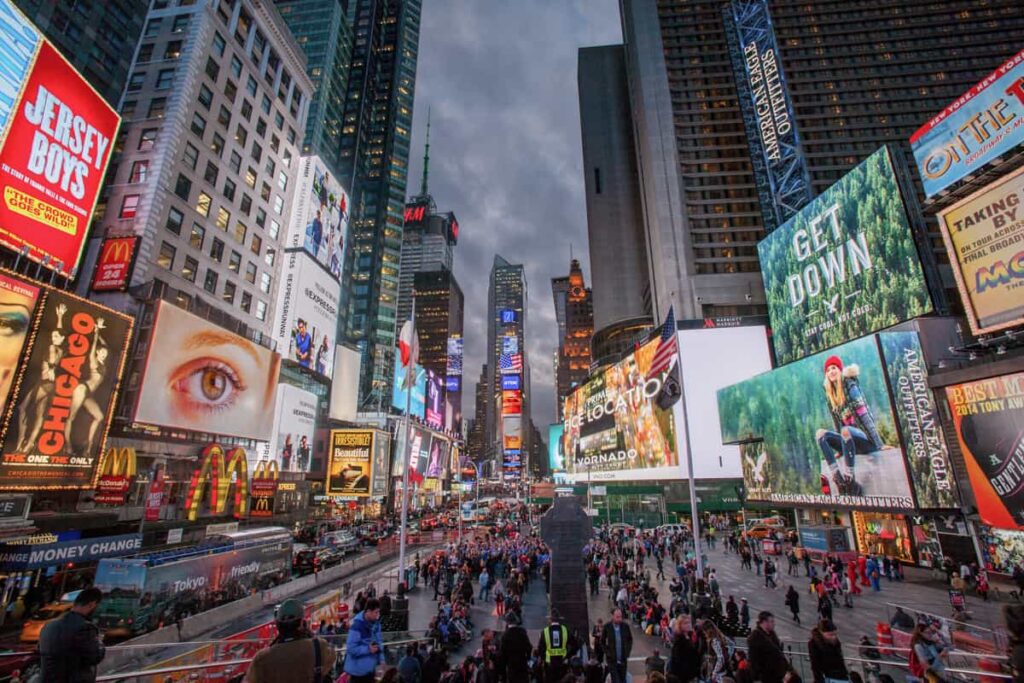- Broadway Shows: Immerse yourself in the dazzling world of Broadway by catching a live theater performance. From iconic musicals like “The Phantom of the Opera” and “Hamilton” to critically acclaimed plays and avant-garde productions, New York City’s theater district offers something for every taste. Be sure to book tickets in advance to secure seats to a memorable night of entertainment.
- Rooftop Bars: Experience the city’s skyline in all its glory by visiting one of New York City’s rooftop bars. Sip on handcrafted cocktails while taking in panoramic views of the twinkling city lights from high above. Popular rooftop destinations like The Press Lounge, 230 Fifth Rooftop Bar, and The Rooftop at The Standard offer both stunning vistas and chic atmospheres perfect for a night out with friends.
- Jazz Clubs: Indulge in the soulful sounds of live jazz at one of New York City’s legendary jazz clubs. From intimate speakeasies to historic venues, the city is home to a vibrant jazz scene that attracts music lovers from near and far. Swing by iconic spots like Blue Note Jazz Club, Village Vanguard, or Smalls Jazz Club for an unforgettable evening of live music and improvisation.
- Night Markets: Experience the eclectic flavors and vibrant energy of New York City’s night markets. From artisanal food vendors to local artisans selling handmade crafts, these bustling markets offer a feast for the senses. Explore popular markets like Smorgasburg in Brooklyn or Queens Night Market for a culinary adventure filled with delicious bites and cultural discoveries.
- Dance Clubs: Get ready to dance the night away at one of New York City’s electrifying dance clubs. With world-renowned DJs, state-of-the-art sound systems, and pulsating beats, the city’s nightlife scene is alive and thriving. Whether you’re into electronic, hip-hop, or Latin music, venues like Output, Marquee, and Cielo promise an unforgettable night of dancing and revelry.
- Speakeasies: Step back in time and discover the allure of New York City’s hidden speakeasies. Tucked away behind unassuming facades, these clandestine bars offer a glimpse into the city’s Prohibition-era past. From secret entrances to craft cocktails served in vintage glassware, speakeasies like PDT (Please Don’t Tell), Death & Company, and The Back Room offer a unique and intimate setting for a night out.
- Late-Night Eateries: Satisfy your late-night cravings at one of New York City’s iconic eateries open into the wee hours of the morning. From classic diners serving up comforting fare to trendy eateries offering innovative cuisine, the city’s culinary landscape is as diverse as it is delicious. Head to spots like Katz’s Delicatessen, Veselka, or The Halal Guys for a satisfying end to your night out on the town.

With its endless array of entertainment options, New York City truly comes alive after dark. Whether you’re looking to catch a Broadway show, sip cocktails with a view, or dance until dawn, the city offers an unparalleled nightlife experience that promises excitement, adventure, and memories to last a lifetime.

